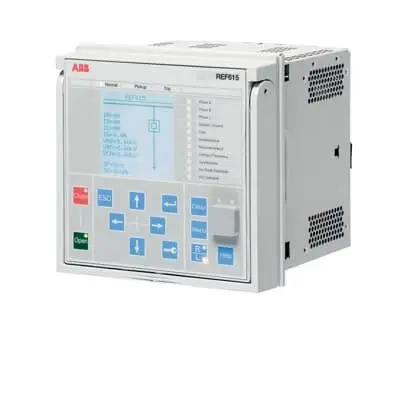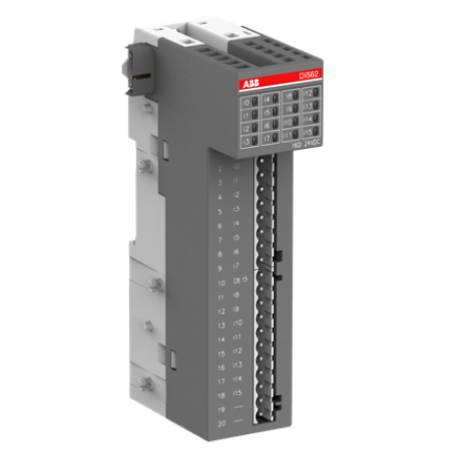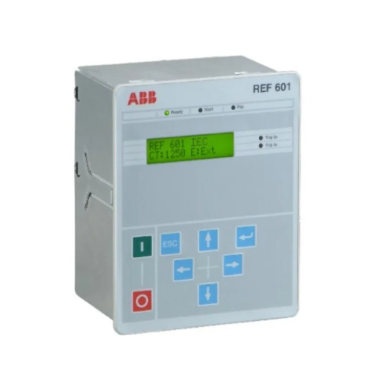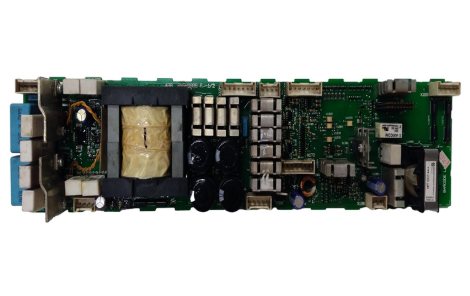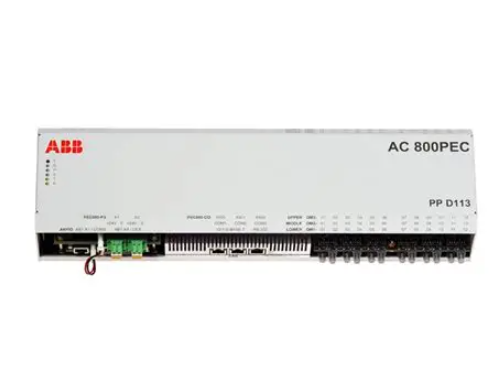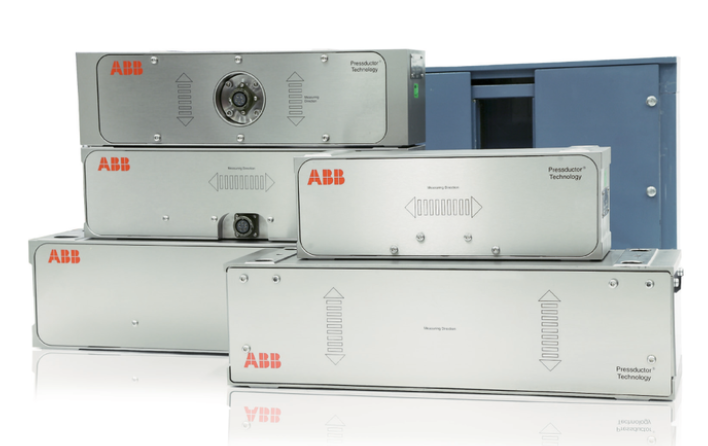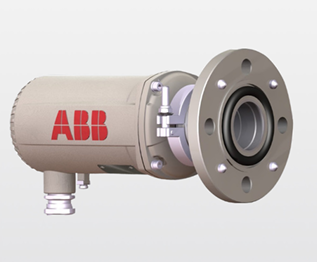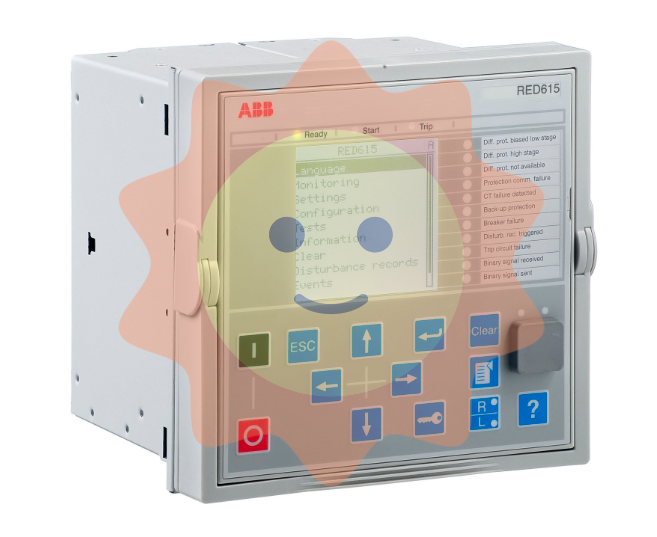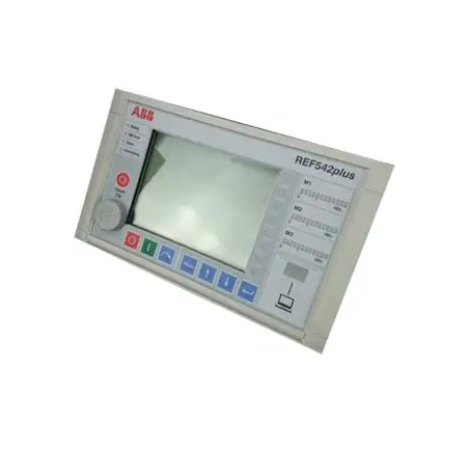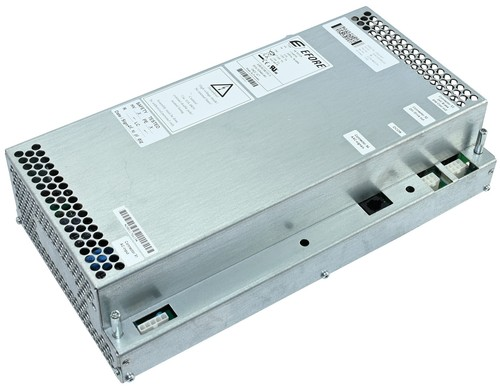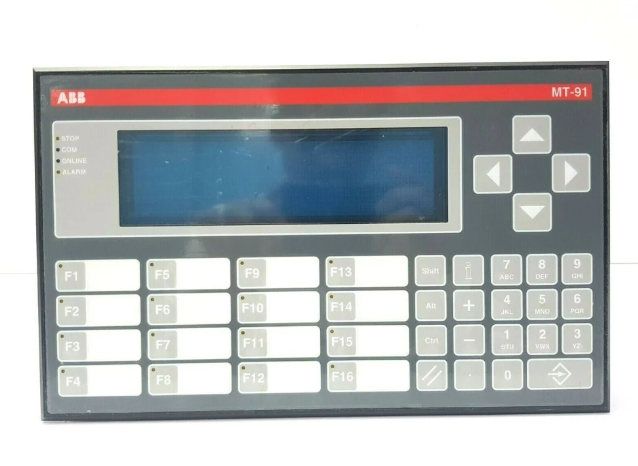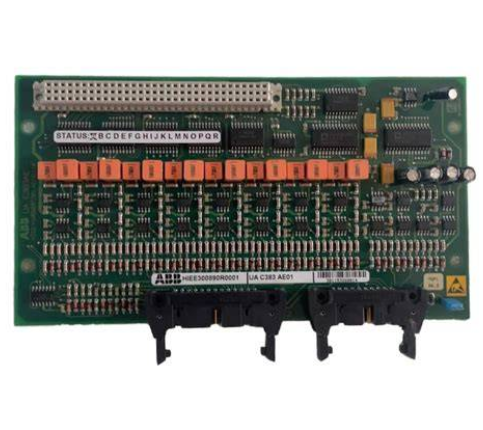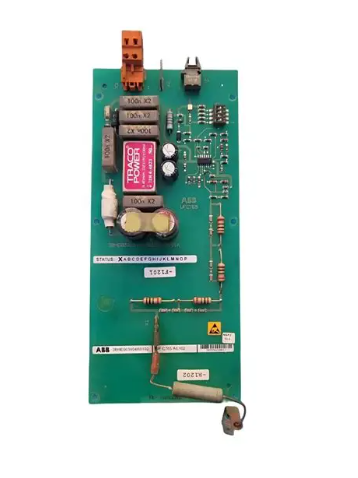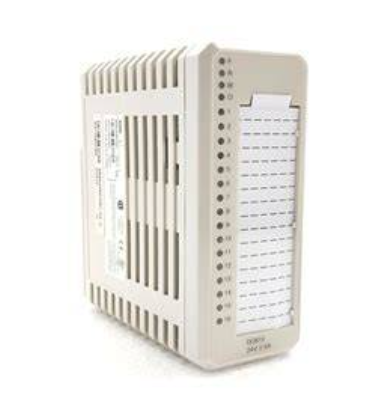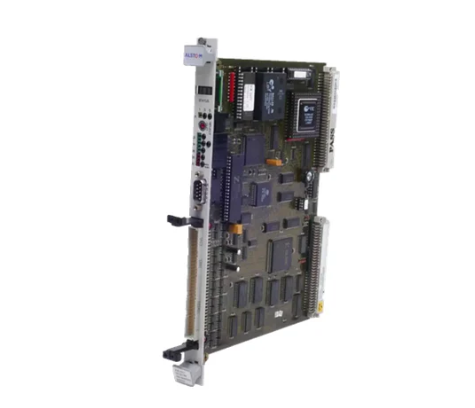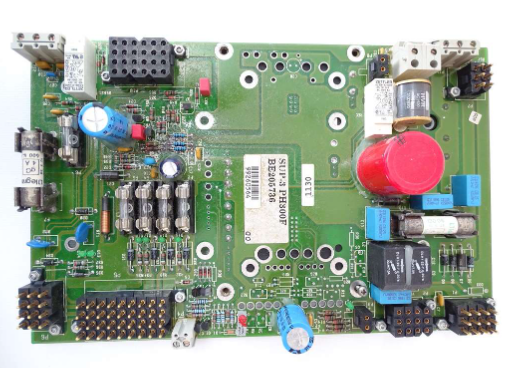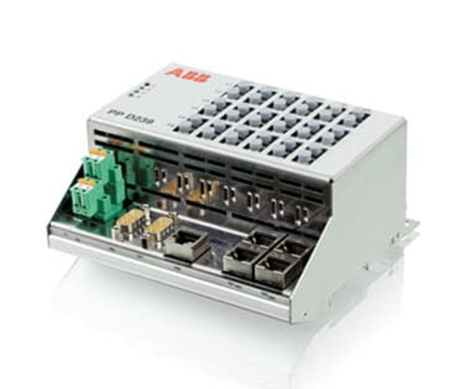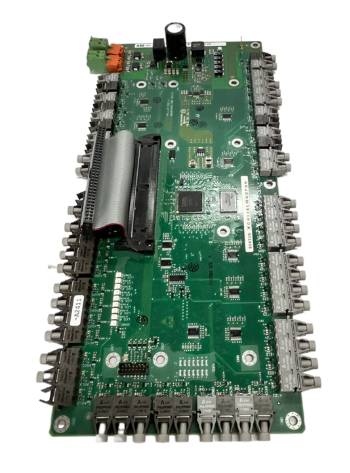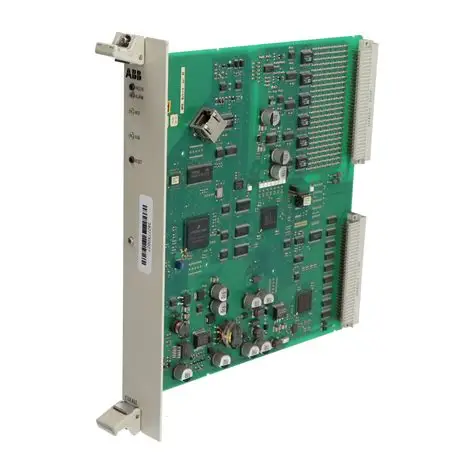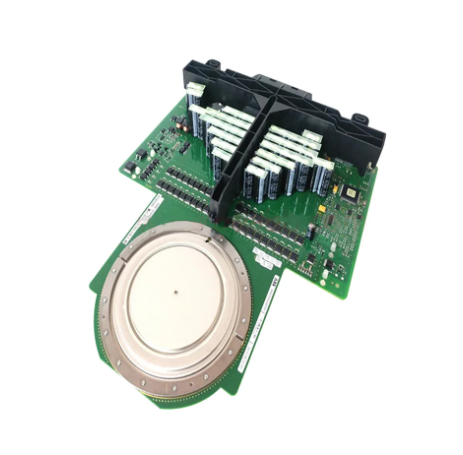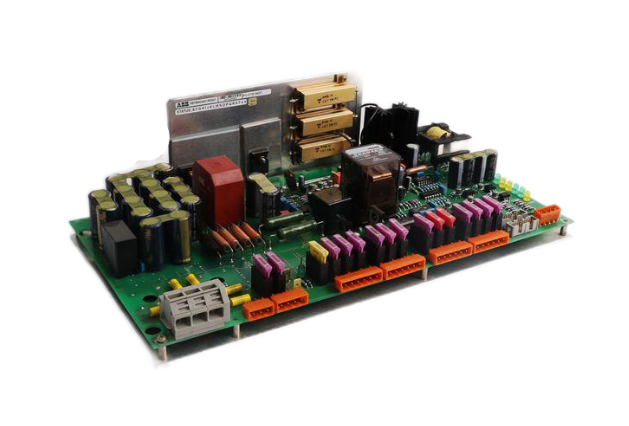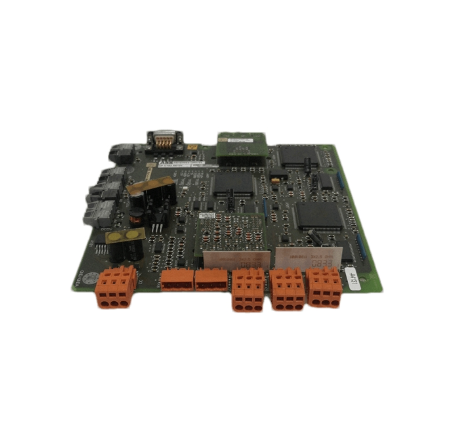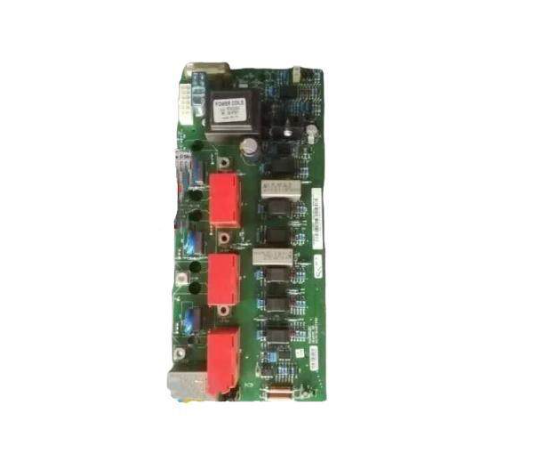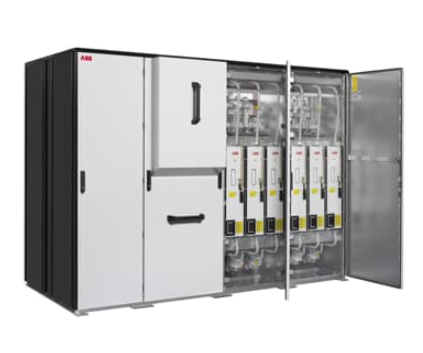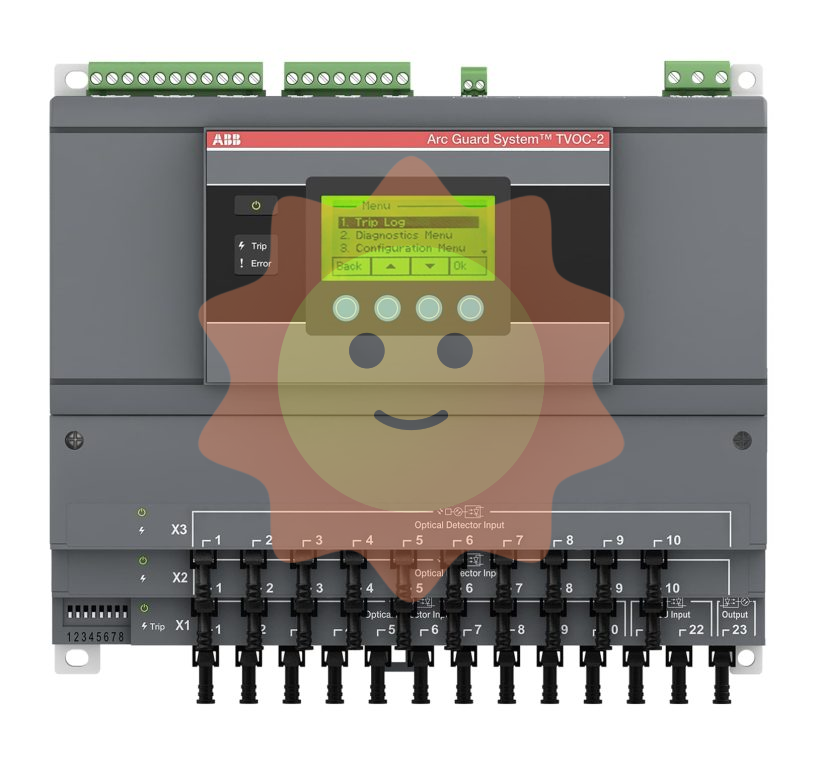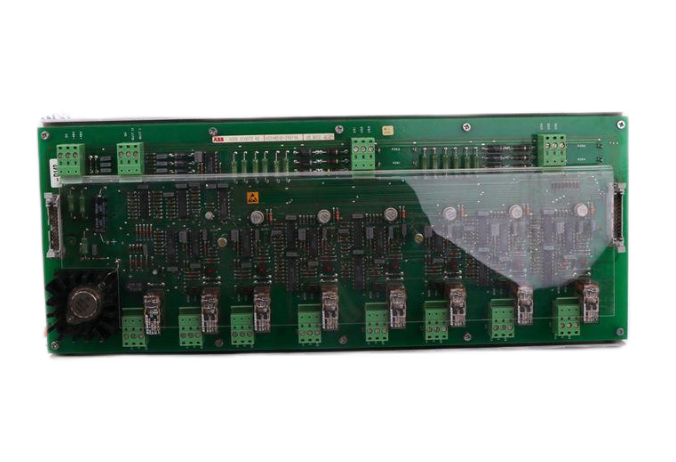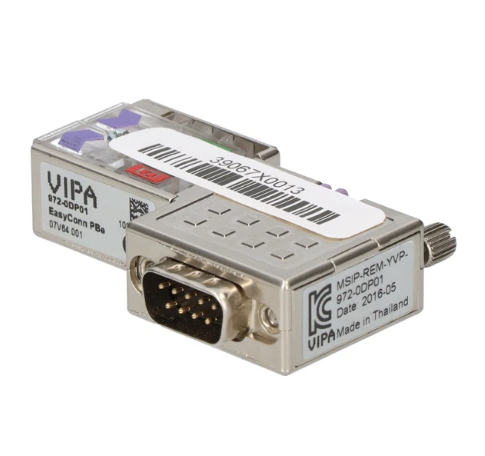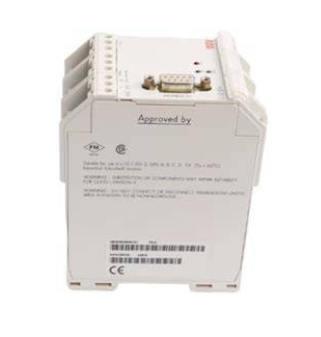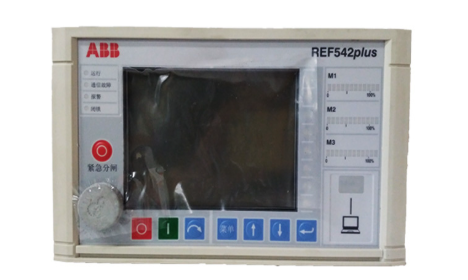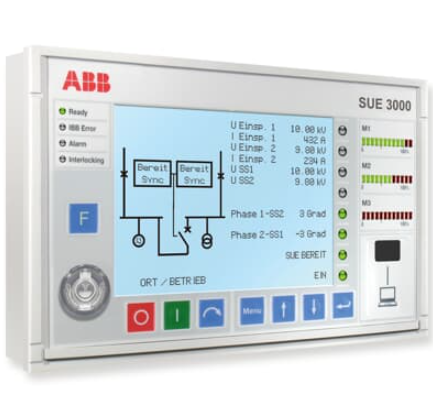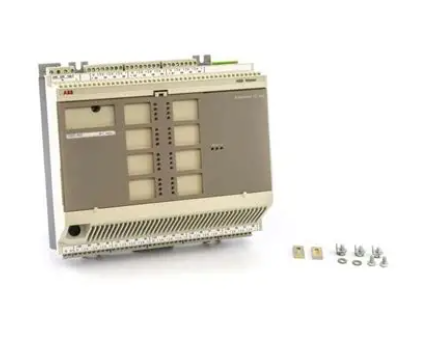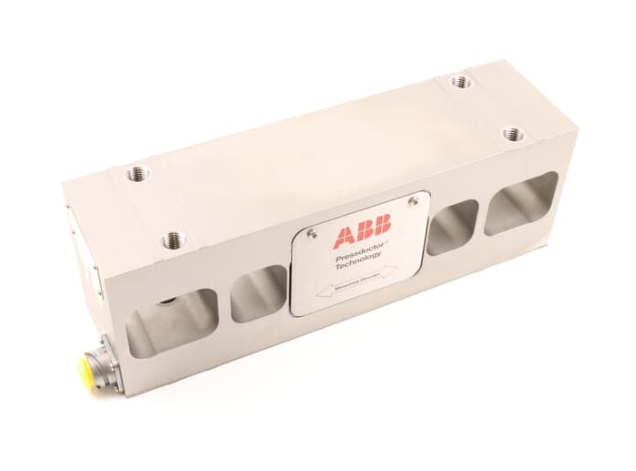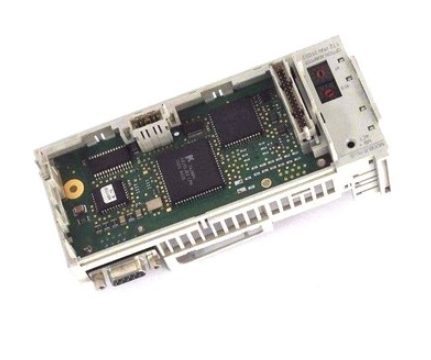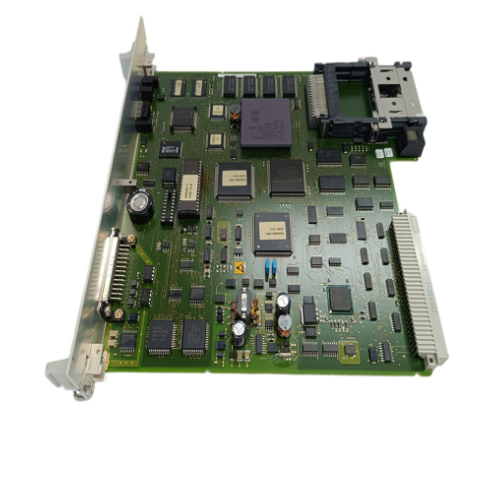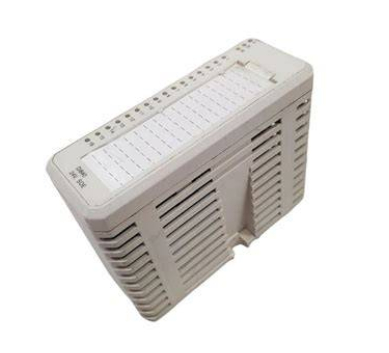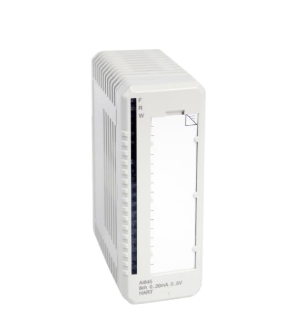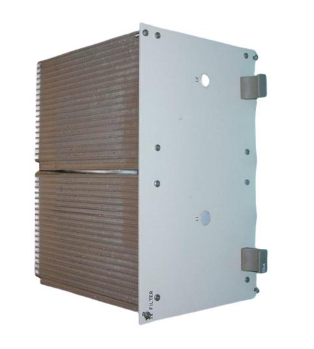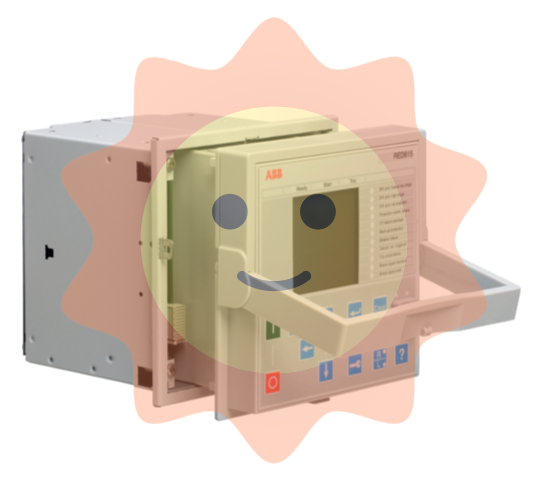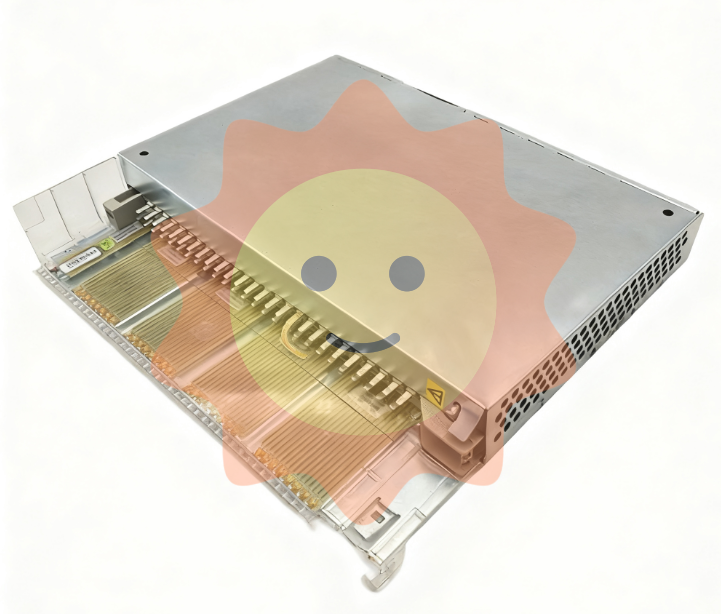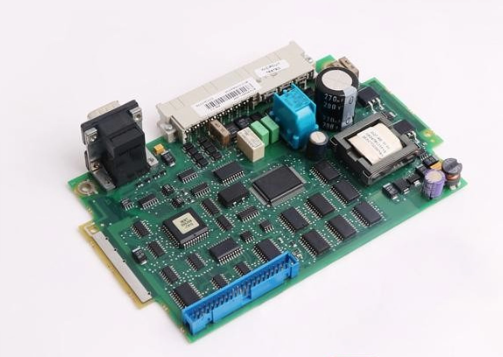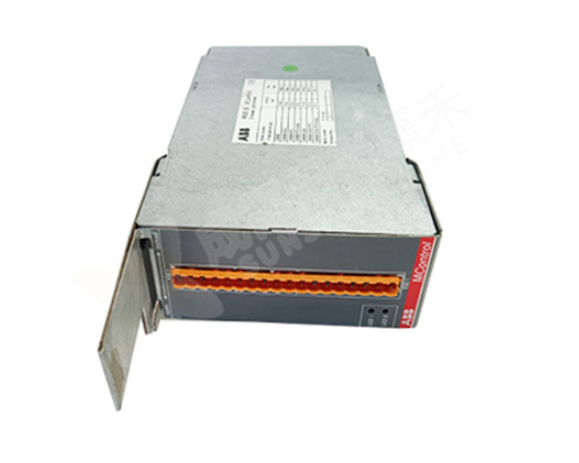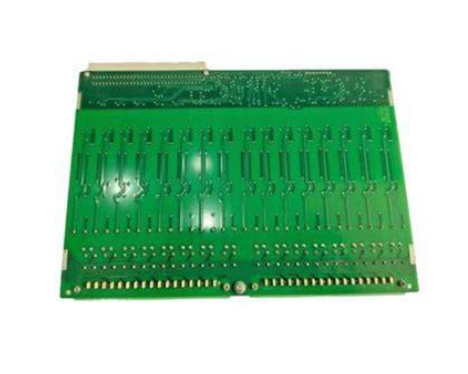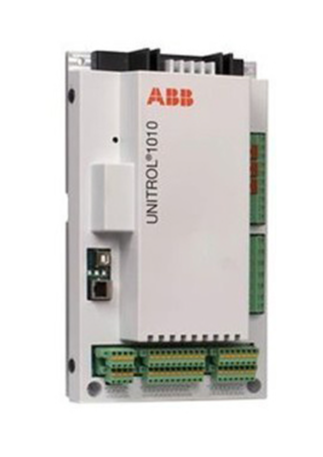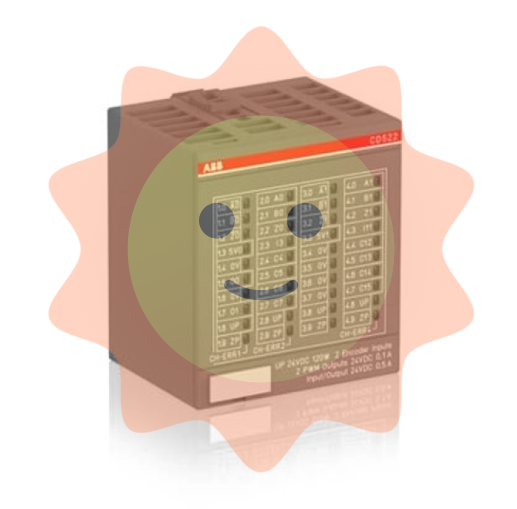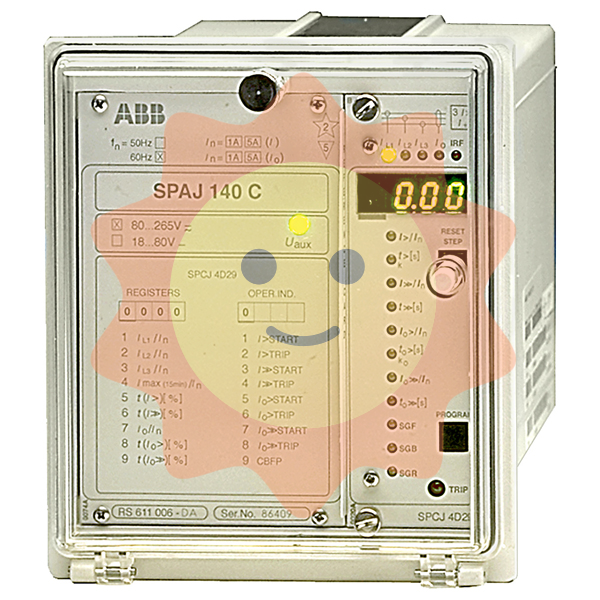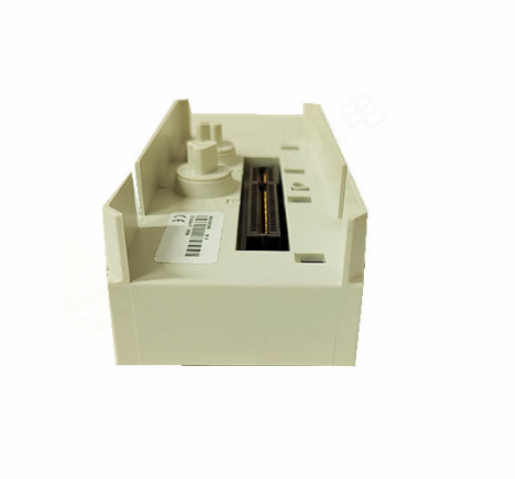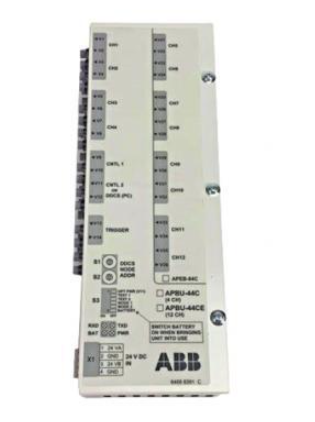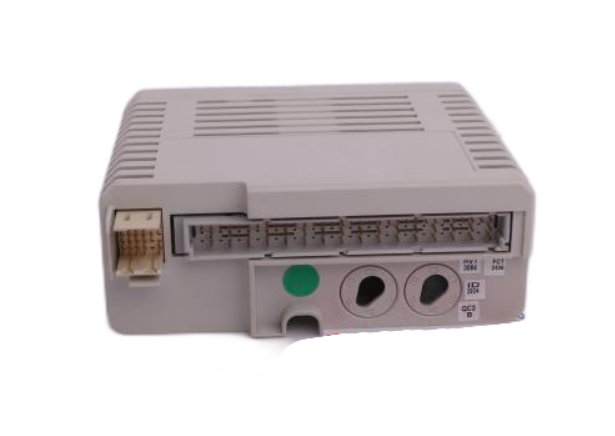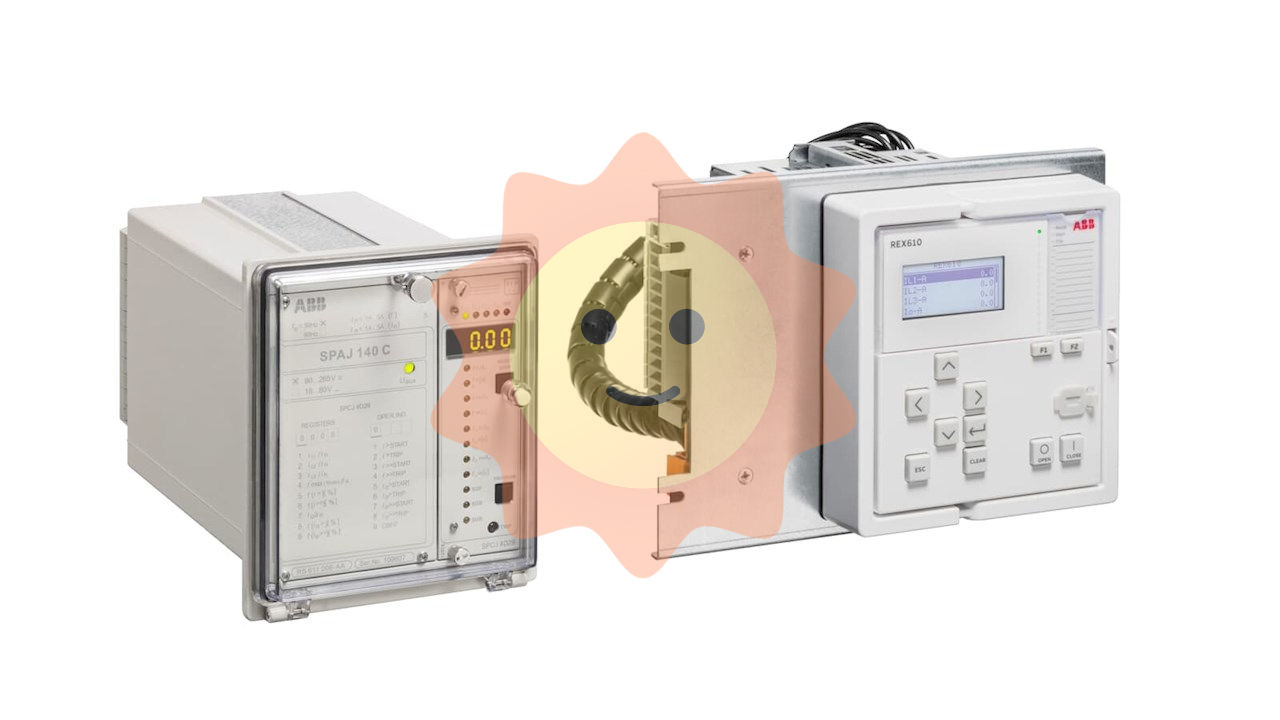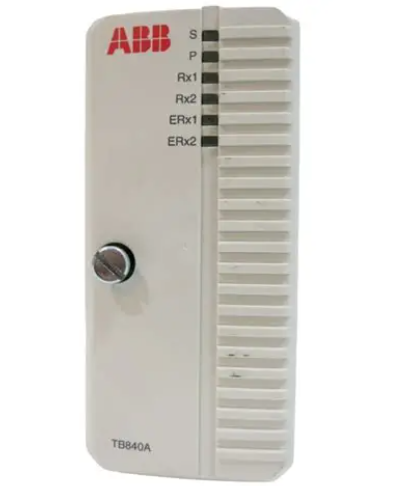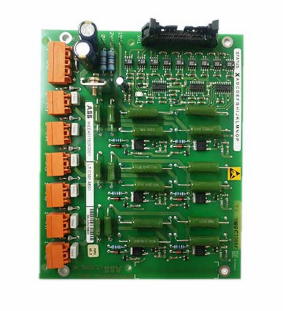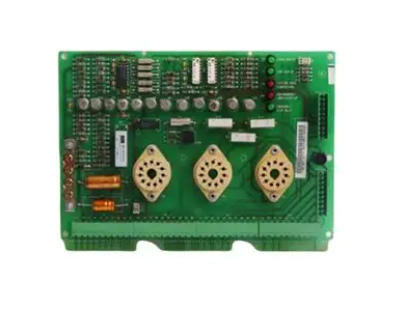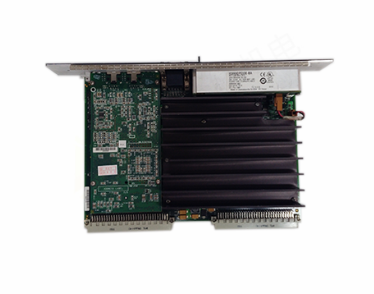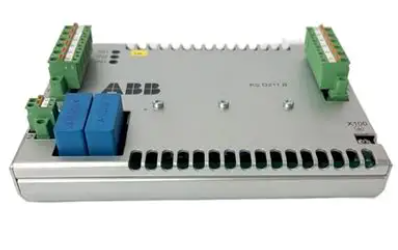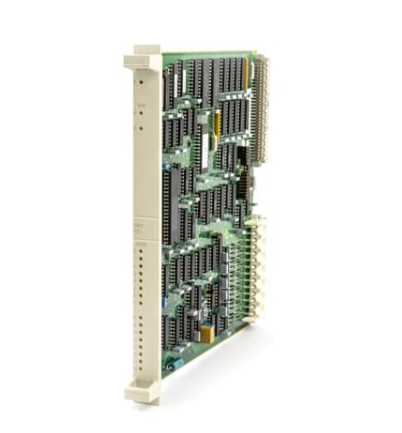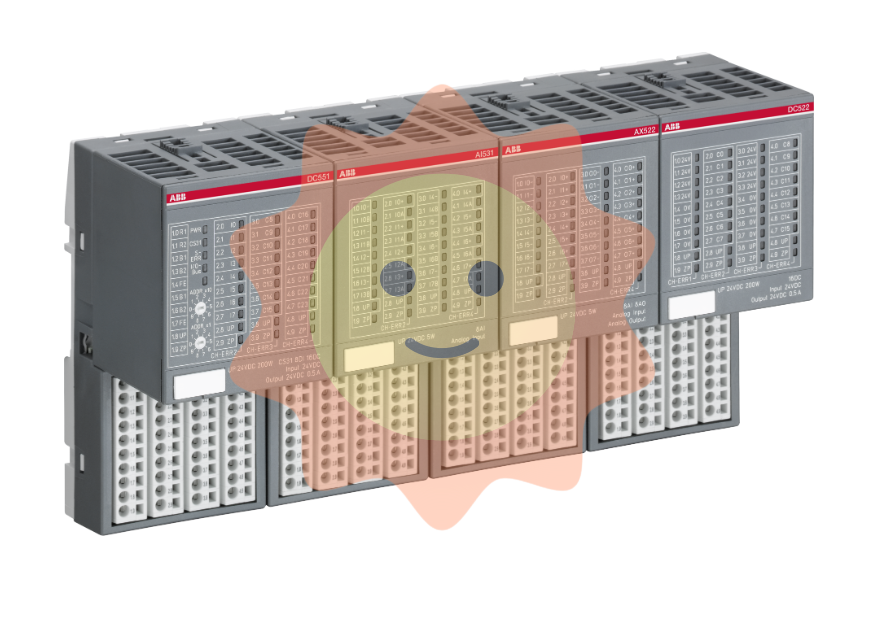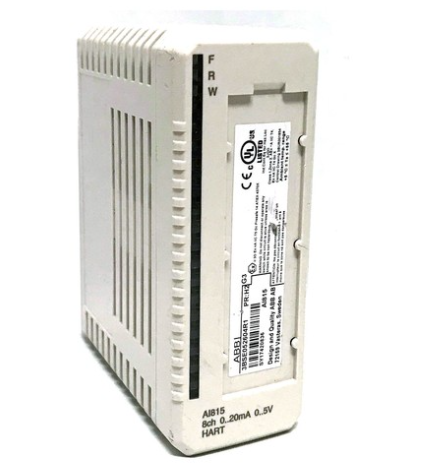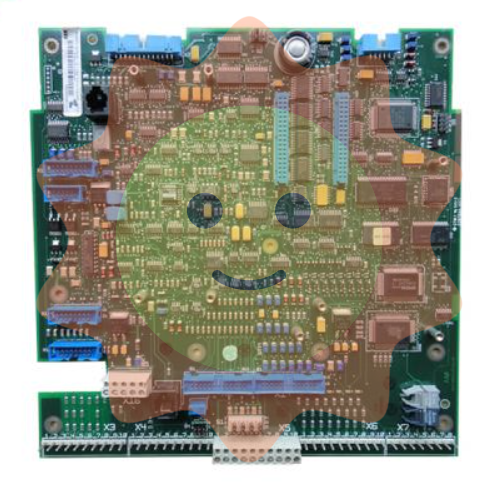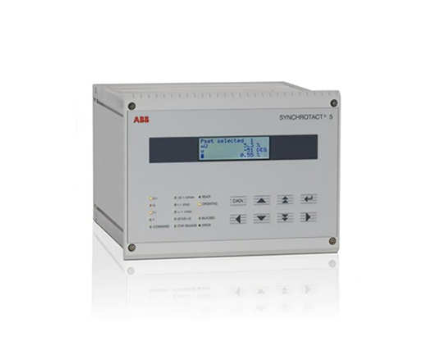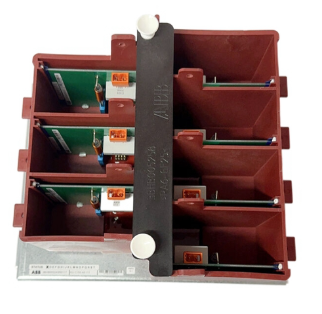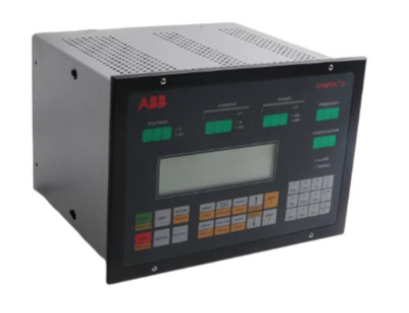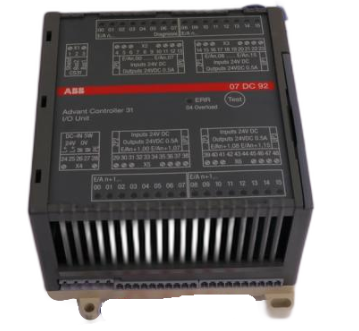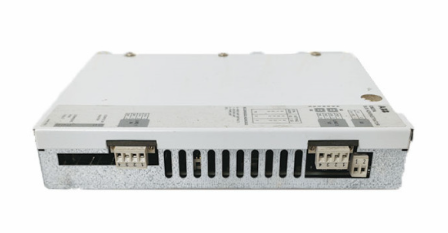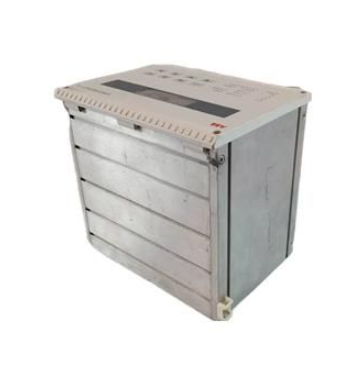ALSTOM MCGG22L1CB0753E High Performance Control Module
Precautions
Installation environment requirements: It should be installed in a dry, well ventilated place without corrosive gases and strong electromagnetic interference. It is recommended to control the ambient temperature between 0 ℃ and 40 ℃, and the relative humidity should not exceed 85% to avoid module performance degradation or damage caused by high temperature and high humidity environments. The installation location should be far away from strong electromagnetic radiation sources such as large motors and transformers, while ensuring a firm installation to avoid vibration and impact on the module.
Electrical connection specifications: When making electrical connections, it is necessary to strictly follow the wiring diagram and instructions provided in the product manual to ensure correct and secure wiring. Distinguish between different types of input and output signals to avoid equipment failure or module damage caused by misconnection. Pay attention to the wiring and protection of power lines to ensure stable power supply and avoid damage to modules caused by power fluctuations, surges, etc. It is recommended to install suitable power filters and surge protectors at the power input end.
Programming and debugging precautions: Programmers must follow relevant programming standards and safety operating procedures when writing and debugging control programs. After modifying the control program, it is necessary to conduct sufficient testing and verification to ensure that the program logic is correct and the function is normal. Avoid making arbitrary modifications to the program during production and operation. If modifications are necessary, a detailed modification plan and emergency plan should be developed in advance, and the operation should be carried out in shutdown or safe mode. The modified program should be strictly tested to prevent production accidents caused by program errors.
Maintenance Guide: Regularly maintain the module, check whether the appearance of the module is damaged, whether the wiring is loose, and whether the cooling fan is running normally. Regularly clean the surface dust of the module to ensure good heat dissipation effect. Perform performance testing and calibration on modules at regular intervals, and promptly replace aging or damaged components. Establish a comprehensive maintenance record file, recording information such as maintenance time, maintenance content, and replaced components, in order to trace and analyze the operation status of the module and ensure its long-term stable operation.
Similar model supplement
ALSTOM MCGG11L1CB0742F: It belongs to the Alstom high-performance control module series along with MCGG22L1CB0753E. In terms of functionality, both have basic functions such as data acquisition, logic control, and communication. But MCGG11L1CB0742F has more advantages in some small industrial automation projects or cost sensitive application scenarios. Its volume is relatively small, with slightly fewer I/O points and data processing capabilities than MCGG22L1CB0753E, but it can meet the needs of some smaller industrial systems with relatively simple control requirements, and is more cost-effective.
Partial modules of Siemens S7-1500 series: Some control modules in Siemens S7-1500 series also have high popularity and wide application in the field of industrial automation. Compared with ALSTOM MCGG22L1CB0753E, the S7-1500 series module has certain characteristics in terms of software programming environment and ecosystem. Its TIA Portal programming software has powerful functions, a wide user base, and abundant technical support resources and application cases. However, in certain specific industry applications, such as the demand for deep customized control in the rail transit industry, ALSTOM MCGG22L1CB0753E, with Alstom's long-term professional experience and technical advantages in this field, can provide more industry-specific solutions and higher reliability guarantees.
- EMERSON
- Honeywell
- CTI
- Rolls-Royce
- General Electric
- Woodward
- Yaskawa
- xYCOM
- Motorola
- Siemens
- Rockwell
- ABB
- B&R
- HIMA
- Construction site
- electricity
- Automobile market
- PLC
- DCS
- Motor drivers
- VSD
- Implications
- cement
- CO2
- CEM
- methane
- Artificial intelligence
- Titanic
- Solar energy
- Hydrogen fuel cell
- Hydrogen and fuel cells
- Hydrogen and oxygen fuel cells
- tyre
- Chemical fiber
- dynamo
- corpuscle
- Pulp and paper
- printing
- fossil
- FANUC
- Food and beverage
- Life science
- Sewage treatment
- Personal care
- electricity
- boats
- infrastructure
- Automobile industry
- metallurgy
- Nuclear power generation
- Geothermal power generation
- Water and wastewater
- Infrastructure construction
- Mine hazard
- steel
- papermaking
- Natural gas industry
- Infrastructure construction
- Power and energy
- Rubber and plastic
- Renewable energy
- pharmacy
- mining
- Plastic industry
- Schneider
- Kongsberg
- NI
- Wind energy
- International petroleum
- International new energy network
- gas
- WATLOW
- ProSoft
- SEW
- wind
- ADVANCED
- Reliance
- YOKOGAWA
- TRICONEX
- FOXBORO
- METSO
- MAN
- Advantest
- ADVANCED
- ALSTOM
- Control Wave
- AB
- AMAT
- STUDER
- KONGSBERG
- MOTOROLA
- DANAHER MOTION
- Bently
- Galil
- EATON
- MOLEX
- Triconex
- DEIF
- B&W
- ZYGO
- Aerotech
- DANFOSS
- KOLLMORGEN
- Beijer
- Endress+Hauser
- MOOG
- KB
- Moxa
- Rexroth
- YAMAHA


Email:wang@kongjiangauto.com



